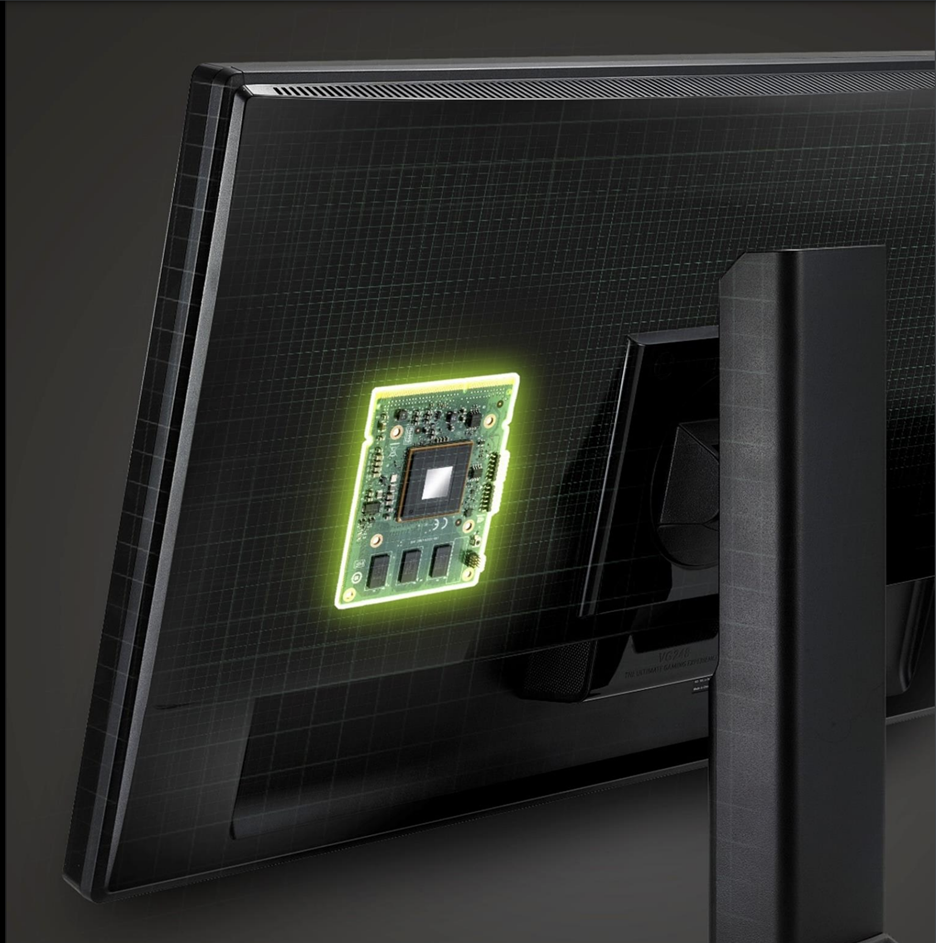Nvidia introduced G-Sync in 2013 to eliminate screen tearing and stuttering in gaming. It synchronized monitor refresh rates with GPU frame rates, providing a smoother experience. Initially, G-Sync increased monitor costs. However, Nvidia recently partnered with MediaTek to integrate G-Sync into their scalers, making it more accessible and tapping into the TV market.

Nvidia introduced G-Sync in November 2013. It’s a technology designed to eliminate screen tearing and stuttering in gaming, providing a smoother visual experience.
Before G-Sync, monitors used Adaptive Sync technology, which relied on DisplayPort’s adaptive sync feature. However, that technology had limitations, such as requiring a specific type of display and only working within a narrow refresh rate range.
Nvidia developed G-Sync to address those limitations and provide a better gaming experience. G-Sync works by synchronizing the monitor’s refresh rate with the GPU’s frame rate, ensuring that the monitor only displays frames when the GPU is ready. This eliminates the artifacts that occur from the frame rate/refresh rate mismatch and stuttering issue, resulting in a steadier and more responsive gaming experience.
It promised to improve gaming performance by eliminating screen tearing and stuttering and enhance visual quality by ensuring the image remained sharp and clear, even during fast-paced games.
Since its introduction, G-Sync has become a popular technology among gamers, and Nvidia has continued to evolve and improve it, including the release of G-Sync-compatible technology, which allows G-Sync to work with AMD GPUs.
But, it raised the BOM costs, and as a result, a G-Sync monitor was more expensive. High-end gamers haven’t been too price-sensitive, but midrange and entry gamers are.
Nonetheless, Nvidia continued to expand the number of new monitors that were G-Sync- compatible.
Then, in 2024, Nvidia and MediaTek (MTK) announced a new partnership in the automotive space. And in June, they announced a further expansion of the relationship. We knew what MTK was getting out of the deal, but we couldn’t see Nvidia’s gain, benevolent as they are.
And then, at this week’s Gamescom in Cologne, Germany, Nvidia revealed it would abandon its G-Sync module and transfer the technology to the MTK scalers, which are in most monitors and TVs. It was/is a brilliant move, as it exploits MTK’s market penetration, while adding value at little to no cost as well as taps into the TV market.
As of now, it is a forward technology and will not be backward compatible—both companies want to sell new things, not patch old stuff.
It also remains to be seen if Nvidia will extend the AMD compatibility to G-Sync MTK scalers. There’s probably some good technical reason why that wouldn’t work.